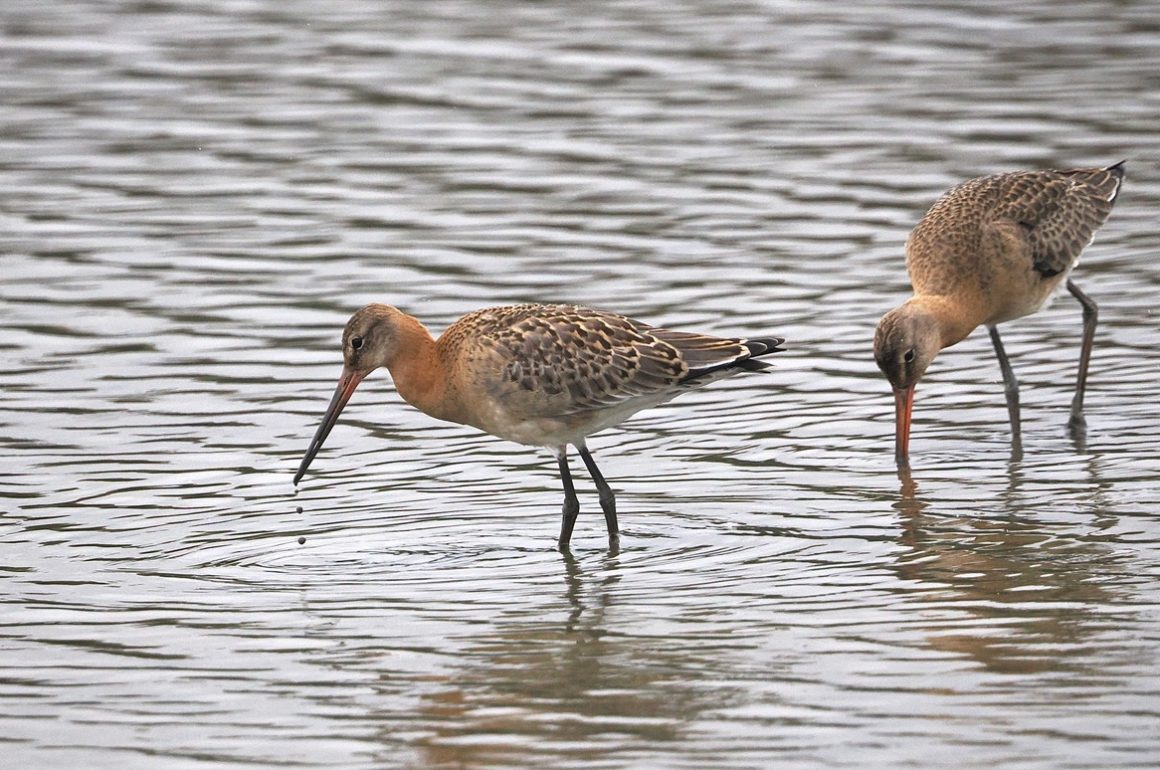
As my birding pals will readily confirm, I’m a fair-weather birdwatcher. Venturing out when it’s pouring with rain and there’s a gale force wind blowing isn’t really my scene. This explains why I’ve spent much more of my time looking for birds in hot, dry counties rather than cool, wet ones. However, sometimes the forecast is lousy but the birds are good, so I just have to overcome the challenge of the weather and get on with it. There was just such a day at the end of last month. The forecast was for heavy rain all day, but there was the tantalising prospect of seeing a Dotterel – one had been reported on the Ringstead Downs on the North Norfolk coast.
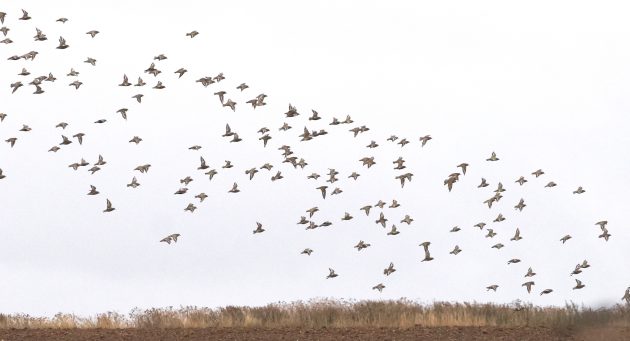
Golden plover on a dull August morning
Ringstead is about an hour’s drive from home: the roads were wet all the way, but the windscreen wipers had little work to do, and there was little more than a hint of rain in the air when we arrived at the site where the Dotterel had last been reported. Dotterels are scare but annual migrants in North Norfolk. They are sufficiently elusive and hard to see that they are popular with birders, so we expected to find other people looking for the bird, but there was no one to be seen when we parked the car.
Though it may not have been raining, it was a grey and miserable morning with poor visibility. We were on a ridge with a commanding view, surrounded by arable fields. About a mile to the north we could see the North Sea, looking dark and forbidding. A quick scan with binoculars revealed a number of low-flying Swallows, and there was a single Swift among them. By last August most of our Swifts have long since left for Africa. This was a passage bird moving south.
It wasn’t quite as birdless as first impressions had suggested, as in the stubbles not far from us we found a big flock of Golden Plovers. Many were still in summer plumage, their black faces revealing them to be northern birds, almost certainly from Scandinavia. The Golden Plovers that nest in northern Britain never gain black faces. As we watched, more birds flew in to join them, their soft, plaintive whistles an evocative sound of autumn.
We scanned though the flock in the hope of finding the Dotterel, but without any luck, though the reports we had heard suggested that the latter was quite happy with its own company, and wasn’t consorting with the goldies. We walked on, as the most recent reports of the Dotterel suggested that it favoured a large weedy field that had been harvested some weeks before.
I scanned without any real hope of success, but almost instantly found a distant bird that was the right size and shape. Was it a solitary Golden Plover? Dotterels are a little smaller than Golden Plovers, but their shape and proportions are similar. I stared hard through my Swarovskis – my bird clearly had dark underparts and a discernible whitish supercilium. Success! It was indeed a Dotterel, and the bird we were looking for.
Though it never came closer than a couple of hundred yards, we were able to watch it for the next half hour. It was clearly an adult, moulting into winter plumage, but whether it was a male or female was difficult to say. Dotterels are unusual in that the female is more brightly coloured than the male. In spring both sexes have rufous underparts, but those of the male are rather duller than the female’s.
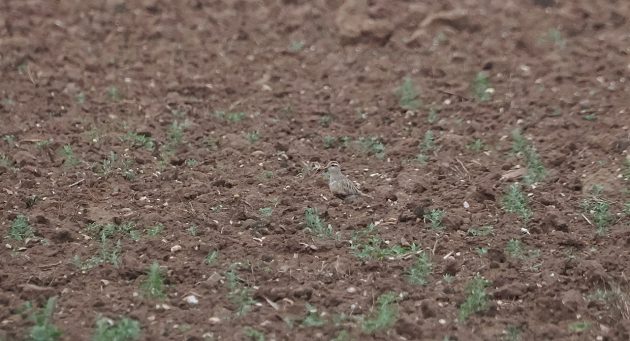
Look carefully and you might find the Dotterel
I wasn’t too bothered about its sex: it was a treat to see a Dotterel. My last sighting had also been in North Norfolk, but ten years before, when I’d found a trip of a dozen birds on spring migration. That sighting had been just a mile or so to the east of where we had found this bird, for the Ringstead Downs are famous as arguably the best site in Norfolk to find these elusive plovers. They occur in both spring and autumn – I wonder how many pause here each year, but are unseen and so unrecorded?
Dotterels are famously tame and approachable, but I didn’t want to disturb this bird, so I attempted to photographed it at great range from the path (the Green Bank) we watched it from. My shot is, at best, no more than a record, as the range was great. By the time we left, several other people had arrived to admire the bird, so we duly pointed it out to them. The rain had now started to fall, which it continued to do for the rest of the day.
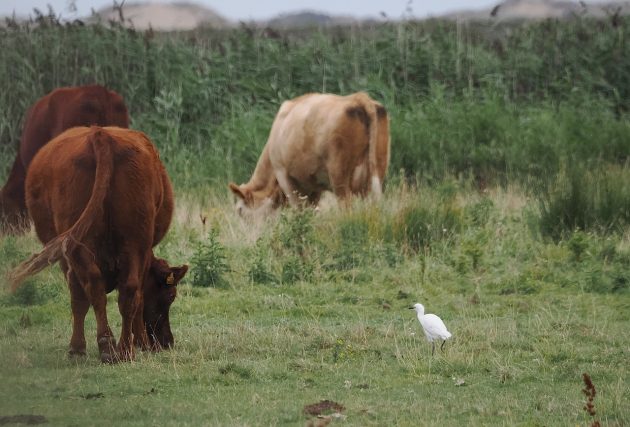
Juvenile Cattle Egret. These birds only started breeding in Norfolk in 2020
The Dotterel proved to be, not surprisingly, the highlight of a wet day. There were, however, other good birds. A juvenile Red-Backed Shrike was much too distant to point my camera at, but I did rather better with a variety of wildfowl and waders at the RSPB’s Titchwell reserve, while a Cattle Egret was a notable find on the grazing marshes at Burnham Deepdale. These small egrets have only recently started to breed in Norfolk. This bird was a juvenile with a black beak – the beak soon starts to turn yellow as the bird ages. It had presumably fledged from the nearby Holkham heronry earlier in the summer.
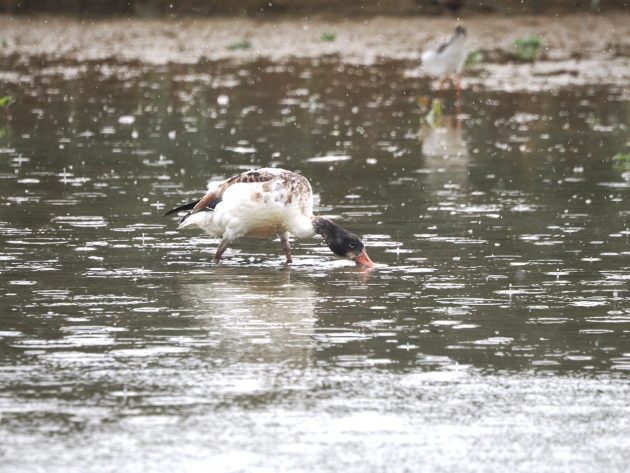
Ducks in the rain: a juvenile Shelduck (above) and an eclipse Teal (below)
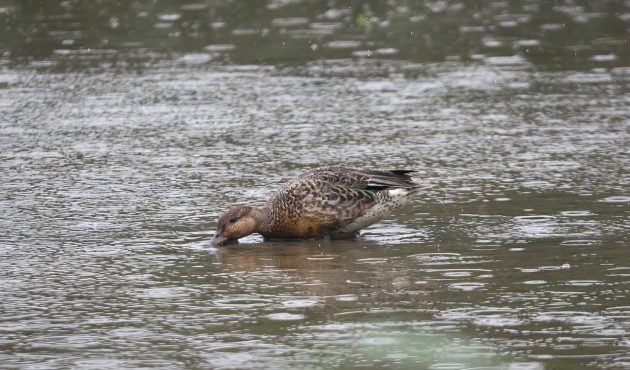
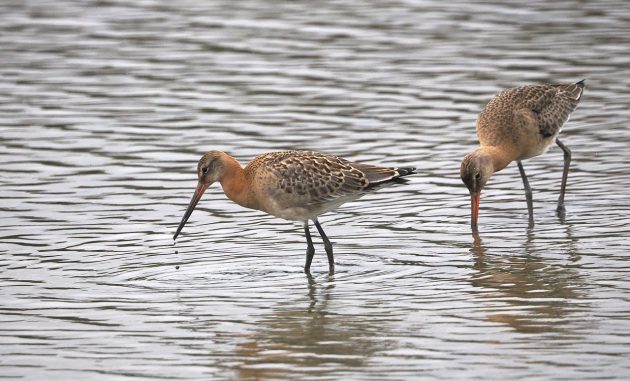
Adult Black-tailed Godwits of the race islandica. These birds are losing their summer plumage, while the individual below is in winter plumage
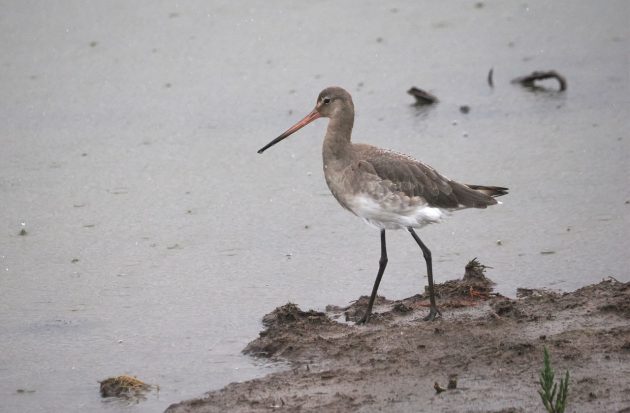

A Bar-tailed Godwit on the beach. Note the much shorter legs compared to the Black-tailed Godwits

Adult Ruff in winter plumage, and (below) a fresh-plumaged juvenile
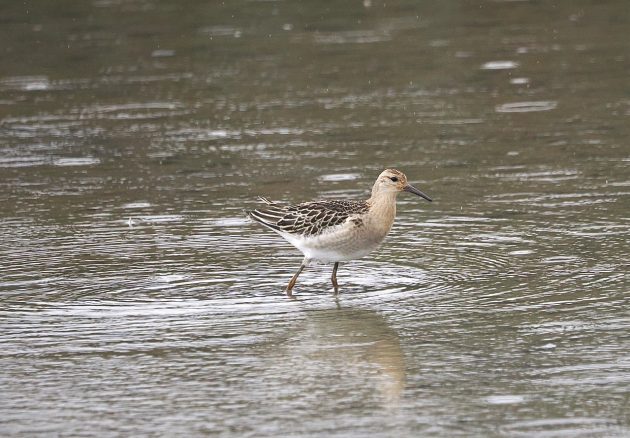
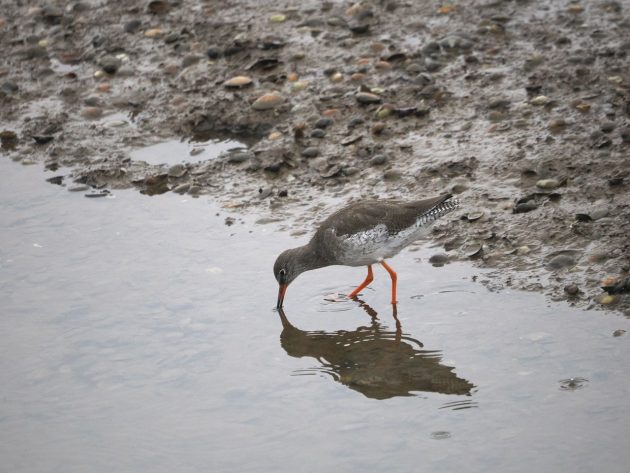
Common Redshank – a resident wader in North Norfolk
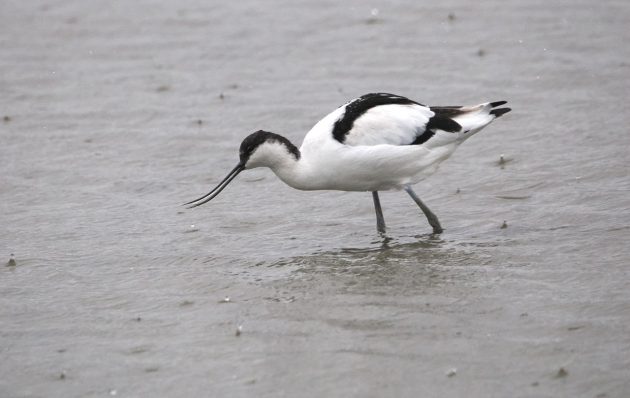
Avocet, once a rarity in Norfolk, now a common breeding bird
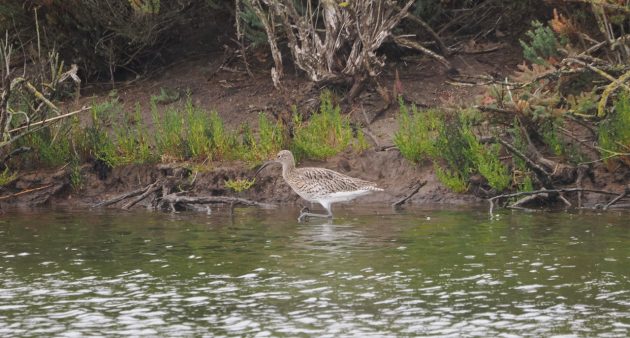
Curlew
The weather didn’t prove to be as wet as the forecasters had predicted, but it was still a miserable day. East Anglia is one of the driest parts of the UK and this year has been particularly dry, so I can hardly complain. Birds do, however, look much better when the sun shines.
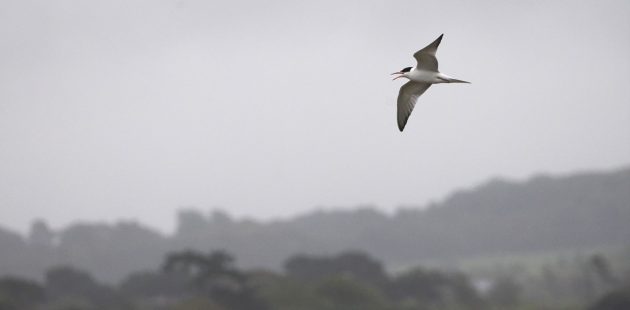
A vocal Common Tern – complaining about the weather?







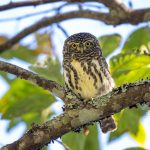
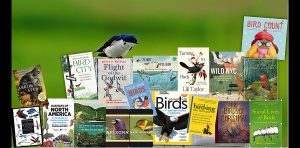

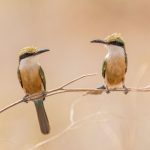
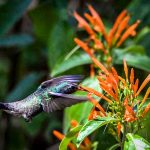
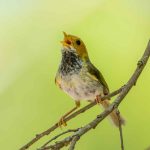
Dotterels are worth whatever meteorological discomfort! Great sighting.
I don’t like to be out in wet, windy weather either. But, I will go if there is an interesting bird to be seen.